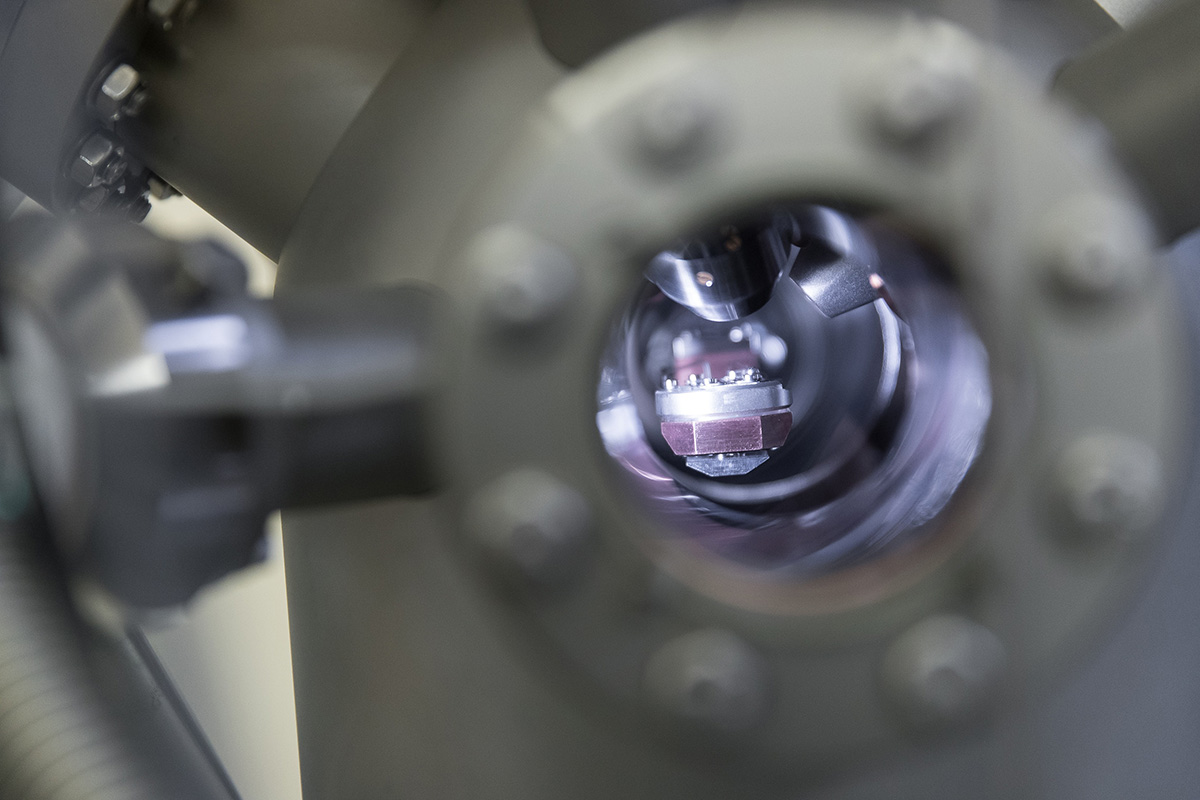Oct 28 2020
A group of researchers at the Peter the Great St. Petersburg Polytechnic University (SPbPU) have come up with a new method to illustrate the interaction of metals with electromagnetic fluctuations (i.e., with random bursts of magnetic and electric fields).

Image Credit: Peter the Great St. Petersburg Polytechnic University.
The findings of the study have a profound potential for application in fundamental physics as well as for developing nanodevices for different applications.
The research paper was published in the International Journal European Physical Journal C.
The working of microdevices used in contemporary technology is impacted by the Casimir force resulting from electromagnetic fluctuations. This is the force of attraction that works between two surfaces in the vacuum. In the mid-20th century, academician Evgeny Lifshitz theoretically illustrated such an interaction between electrically neutral bodies placed at a distance of below 1 µm.
However, in certain cases, Lifshitz’s theory is in contrast to the experimental outcomes. An enigmatic paradox was noticed in the process of clear-cut measurements of the Casimir forces in nanodevices.
The predictions of the Lifshitz’s theory were in agreement with the measurement results only if the energy losses of conduction electrons in metals were not taken into account in calculations. These losses, however, do exist! It is common knowledge that electric current slightly heats the wire. In the literature, this situation is called the Casimir puzzle.
Galina Klimchitskaya, Professor, Institute of Physics, Nanotechnology and Telecommunications, SPbPU
Researchers at SPbPU could concurrently take into consideration the energy losses of electrons in metals and to strike a balance between the hypotheses of the Lifshitz theory and very precise measurements of the Casimir force.
A new method, explaining the interaction of metals with electromagnetic fluctuations, considers that there are two kinds of fluctuations: The real fluctuations (similar to the witnessed electromagnetic fields), and what are called virtual fluctuations, which cannot be viewed directly (similar to the virtual particles that make up the quantum vacuum).
The proposed approach leads to approximately the same contribution of real fluctuations to the Casimir force, as the commonly used one, but significantly changes the contribution of virtual fluctuations. As a result, Lifshitz’s theory comes into agreement with experiment, while taking into account the energy losses of electrons in metals.
Vladimir Mostepanenko, Professor, Institute of Physics, Nanotechnology and Telecommunications, SPbPU
The study findings denote nonmagnetic metals. Going forward, the team plans to apply the results to materials with ferromagnetic properties. Thus, it could be feasible to reliably calculate and develop more tiny nanodevices that work under the effect of the Casimir force.
Journal Reference:
Klimchitskaya, G L & Mostepanenko V M (2020) An alternative response to the off-shell quantum fluctuations: a step forward in resolution of the Casimir puzzle. The European Physical Journal C. doi.org/10.1140/epjc/s10052-020-08465-y.